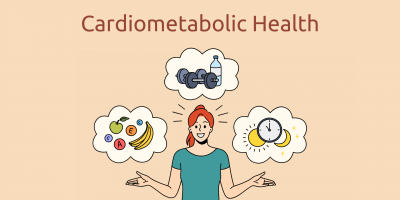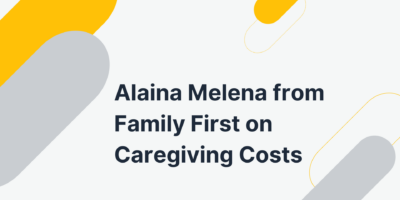
Cardiometabolic Health in the Modern Workplace
With less than 7% of Americans in optimal cardiometabolic health, the urgency for workplace interventions has never been clearer.

The United States does not offer paid maternity leave, making it the only high-income country not to offer it. Maternity leave is a necessity. Numerous studies have shown the benefits that longer and paid maternity leave has on mothers and the development of children, as well as, the positive effects on the labor market.




Research has shown that paid maternity leave increases employee retention and nurtures a more productive and healthier workforce for generations to come.
Browse our curated list of vendors to find the best solution for your needs.
Subscribe to our newsletter for the latest trends, expert tips, and workplace insights!

With less than 7% of Americans in optimal cardiometabolic health, the urgency for workplace interventions has never been clearer.

Caregiving comes with emotional and financial challenges. Alaina Melena of Family First shares practical tips to manage costs while keeping your family’s well-being front and center. Learn how to budget wisely, access resources, and provide compassionate care without sacrificing financial security.
Used by most of the top employee benefits consultants in the US, Shortlister is where you can find, research and select HR and benefits vendors for your clients.
Shortlister helps you reach your ideal prospects. Claim your free account to control your message and receive employer, consultant and health plan leads.